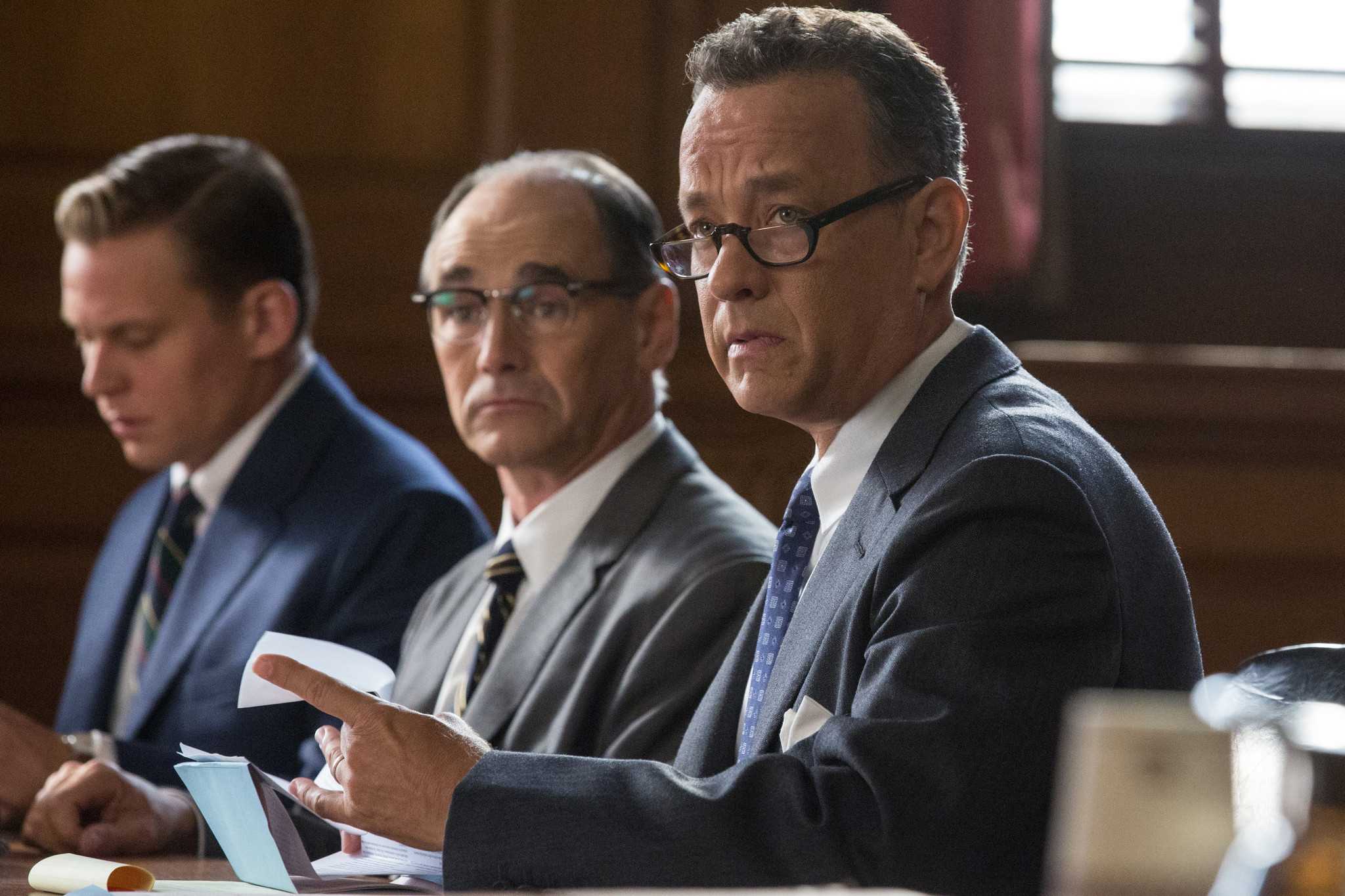
Despite the brilliance that is “Bridge of Spies,” its reception by the public has been underwhelming.
Perhaps it is due to the contrast of director Steven Spielberg’s other explosive action films with the slow suspense of his latest work “Bridge of Spies,” but nevertheless the film reveals itself magically. The story, based on true events, takes place at the height of the Cold War as both the United States and the Soviet Union grapple with fear and suspicion. The plot centers on a Brooklyn-based artist, Rudolf Abel (Mark Rylance), who is found to be a Russian spy. This threatening discovery affirms America’s worst fears and causes an outbreak of panic and hatred.
Although Abel seems destined to hang, the government attempts to display the superiority of democracy by ensuring him a fair trial. They assign him a successful insurance lawyer, James Donovan (Tom Hanks). Hanks plays his typical character masterfully—he’s charismatic, approachable, but not afraid to shake things up. Due to his respect for the fundamentals of due process, Donovan agrees to the case. To his surprise he develops a personal connection with Abel. Hanks and Rylance’s on-screen chemistry is part of what makes the movie so captivating.
As Abel’s unfortunate fate looms closer, across the country an American spy plane disguised as a weather plane is shot down over the Soviet Union. Suddenly Abel has a hope for a prisoner exchange.
The film is long, in typical Spielberg manner, and the beginning is at times uneventful, trading action for obvious symbolism and intricate camerawork. Yet the second half, when Donovan is sent to a post-war Berlin, turns out to be the most enthralling, insightful part of the film. Donovan is asked by the U.S. government to work as a third party to arrange the swap. He must travel through both devastated East and West Berlin, as beautiful cinematography captures the stark differences in the two sides both visibly and economically even just after the wall has come up; The West is filled with tantalizing stores and light, and the east dark and hazy with young gangs on every corner.
“Bridge of Spies” received six Oscar nominations this year for “Best Picture,” “Best Original Score,” “Best Production Design,” “Best Sound Mixing,”“Best Original Screenplay,” as well as “Best Actor in a Supporting Role,” for Rylance’s performance as Abel.
Rylance delivers an exceptional yet nuanced performance, often overshadowed by more dramatic dialogue. While his performance is notable, its subtlety will most likely take away Rylance’s prospect of winning “Best Actor in a Supporting Role,” especially considering the other strong candidates.
Both Hanks and Rylance give stellar performances, yet the real treasure of “Bridge of Spies” is the portrayal of ethical uncertainty Donovan must face. While American society and media easily paint Abel as a communist villain, Donovan can see he’s truly just a patriot, doing what he must for his country.
“Bridge of Spies”
2 hours 21 minutes
Rated PG-13 for some violence and profanity
Directed by Steven Spielberg
Starring Tom Hanks, Mark Rylance, Alan Alda, Amy Ryan, and Billy Magnussen

